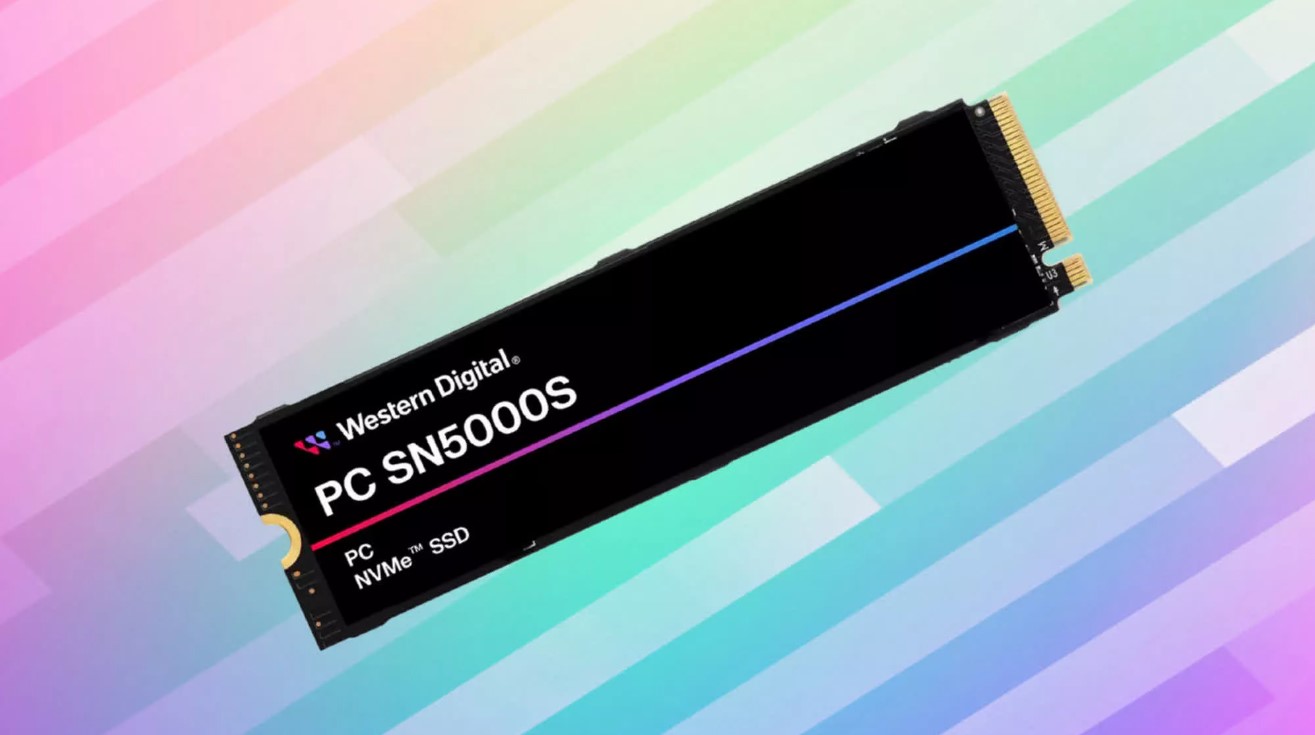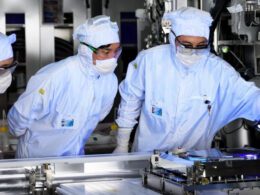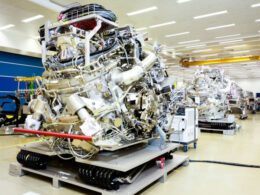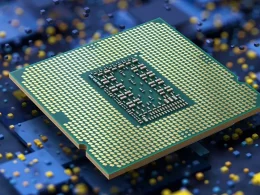Global storage solutions company, Western Digital, has launched a new solid-state drive (SSD), the PC SN5000S, that offers improved speed performance compared to its predecessors, thanks to its use of QLC-based flash memory chips.
The PC SN5000S SSD
The PC SN5000S represents the newest series of consumer solid-state drives, with a storage capacity of up to 2 TB. The new drive is available in both a full-size M.2 2280 and compact M.2 2230 format. The PC SN5000S is set to replace the PC SN740 series, which comes in similar capacities and formats.
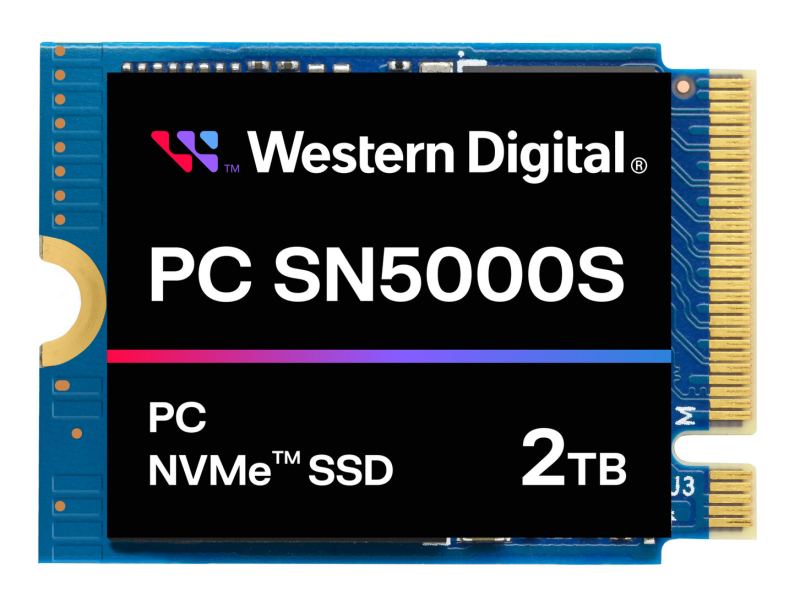

Performance and Longevity
Compared to the SN740 model with TLC memory, the 2 TB PC SN5000S demonstrated faster speeds, with a 16.5% increase in write speeds and a 15.5% boost in read speeds. Although the 1 TB SN740 model still shows slightly faster write speeds than the PC SN5000S, it is 14.3% slower in read speeds. Additionally, the 2 TB PC SN5000S offers a markedly higher lifespan with an additional 100 TBW (terabytes written) compared to its predecessor. Conversely, the new 1 TB SSD has a lifespan 100 TBW less (300 TBW compared to 400 TBW on the similar SN740). A minor drawback is the slightly higher energy consumption of the new series.


Brief on QLC-based SSD Performance
Typically, SSDs based on NAND QLC flash-memory lag behind counterparts operating on other flash-memory types due to the fact that QLC memory stores four bits of information in a single memory cell, which adversely impacts performance. For context, SLC flash memory stores one bit of information per cell, MLC memory two bits, and TLC three bits. While more bits stored per cell increases memory density, the need to read and write more bits leads to diminished performance and faster wear-and-tear of the NAND flash memory.
Enhancing Performance of QLC-Based SSDs
Various strategies exist to enhance performance of SSDs based on QLC and other multi-bit NAND memory types. A common method is to use SLC cache memory in the SSD. Although QLC stores four bits of information per cell, the SSD does not necessarily need to fill all four bits when writing if SLC cache memory is present. Designating a portion of memory cells as pseudo-SLC could significantly improve SSD performance, however, this employs empty cells thereby reducing the overall available SSD capacity.
Future of the Technology
In spite of drawbacks presented by QLC and other multi-bit NAND flash memory types, some manufacturers like Samsung are interested in further developing this technology. Typical consumers, who may not always require top-tier performance or reliability, often opt for SSDs based purely on price and capacity factors. Consequently, QLC-based SSDs often represent the most cost-effective choice. On the other hand, SLC memory drives with low density are better suited for servers where performance and reliability are much more critical.

